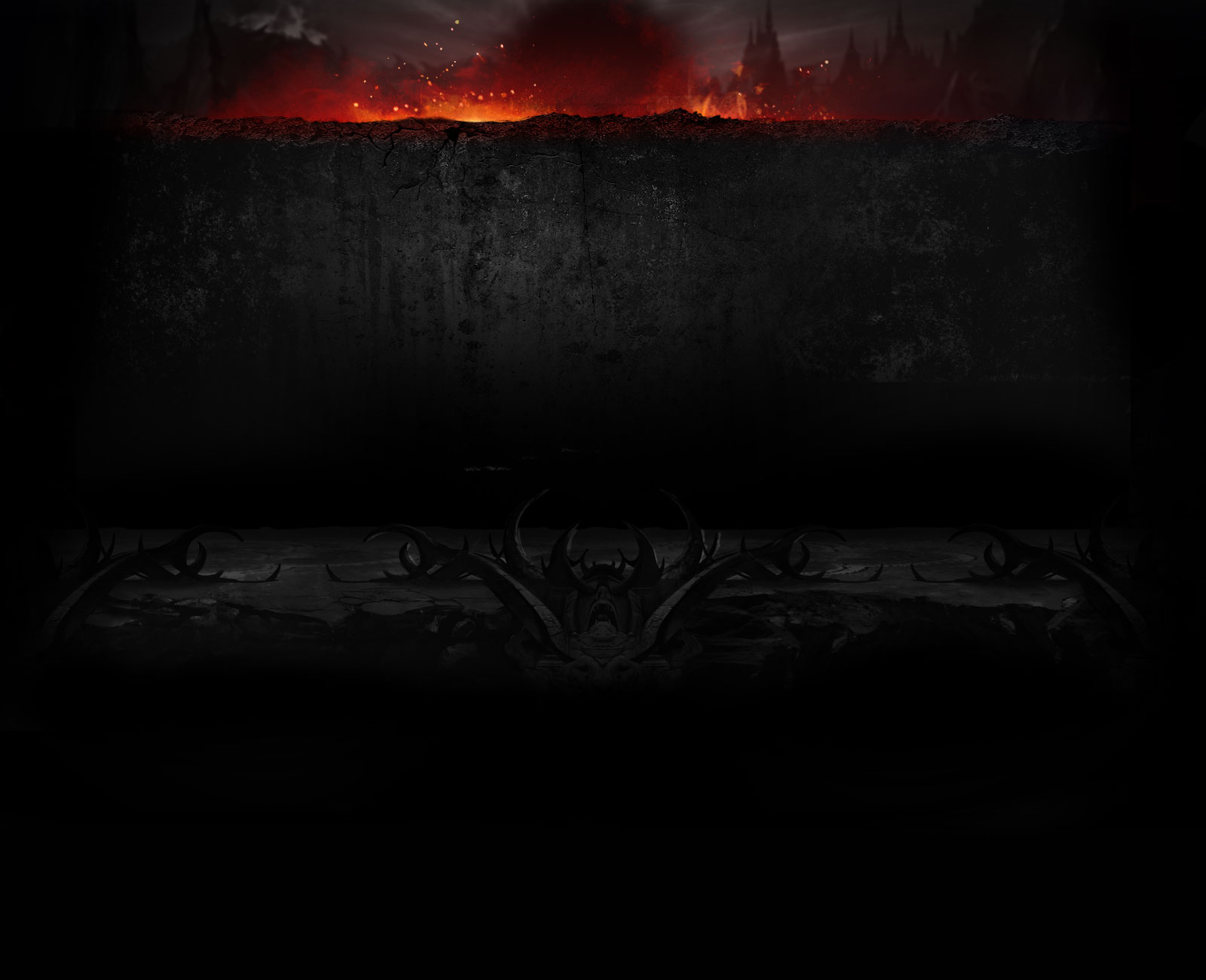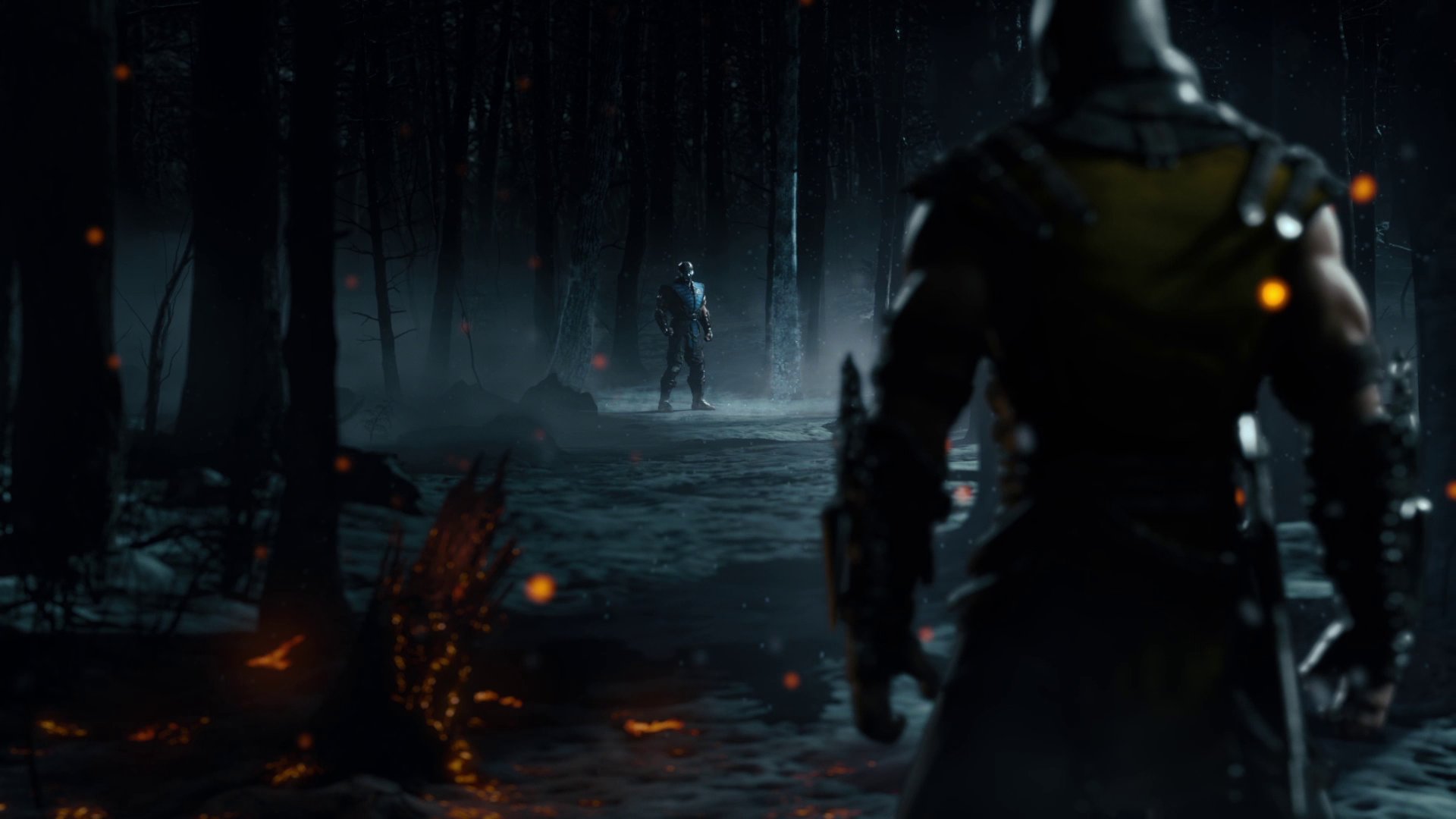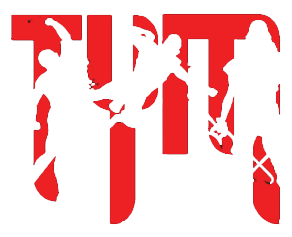











Think of it like this:isomeone told me if i really want get good at fighting games i need learns frames any help would be cool
thank man that link help alotHere's a link that talks about MK9 frame data.
Basically most games run at 60 frames per second (fps). So if a move is six frames, which is generally the fastest attacking move in MK9, it comes out at 6/60 of a second. Or 1/10 if you simplify.
What game are you talking about specifically? This can help me explain this better since some "rules" can be different from game to game.
On the topic of "You HAVE to know frames to be good" is a little controversial. Some old school SF2 players don't really read frames and play by feel or through trial and error (this move didn't work in this given situation, so I'm not going to do that same move again) basically because there was no way to measure that type of thing. And then there are some who treat frame data like the bible and will never do anything that doesn't seem right by the frame data calculations, even when that thing might be a valid tactic.
Basically it's not knowing the frame data that makes you a good player. But knowing what your options are in every given situation, and having quick and good decision making skills and execution skills.
Came into this thread to make this joke. Joke has already been made.Don't know why don't you ask your brother Cossner
lost itDon't know why don't you ask your brother Cossner
StaaahpDon't know why don't you ask your brother Cossner
no gif?Staaahp
no gif?

All the reading and hours I sent trying to make sense of frame counting for the past year was just answered in one to two sentences!!! Thank very much Fox, BTW great showing at Civil War.Think of it like this:
If I do an attack that is a 6 frame starter and is -7 on block, the opposing opponent needs either a 7 frame starting attack or lower to punish you. Look at the injustice frame data and make sense of it.
If a move is negative on block, it means that the opponent can act that many frames before you do.Hey guys, I seem to be a little confused about frames when it comes to block disadvantage. Just want to make sure I'm understanding all this correctly.
So for example, since Kabal's F+3 is -6 on block, can I go for a 7 frame D+3 immediately afterwards, or will my opponent be able to do a 7 frame D+3 (using lets say Sub Zero) before I can? If the latter, will my only option be to block (if I'm the Kabal player of course)?
I think you may not have understood me.@Fromundaman Much obliged for the explanation! Are you sure my opponent couldn't punish my D+3 after my blocked f+3, in the example I gave? How many frames does it take to crouch block or to jump over the opponent, since I couldn't find info on this?
But don't you have to take into consideration the amount of frames it takes to go into crouch block to not get punished with D+3?If your opponent tries to punish you with a 7 frame move when you are -6 on block, then they will not punish you since their move has more startup frames than you do recovery frames.
Ahh.. I see. That's what I thought people were referring to. It wasn't clear to me till now.That said, if you are -6 (AKA have 6 recovery frames) and are trying to follow it up with a 7 frame D3, then it will take 6 frames to recover from the first move then 7 more for the D3 to start up, meaning the opponent has 6+7 (AKA 13) frames to hit you with something before your move connects.
I honestly couldn't tell you as it varies from game to game, and I am not a MK player.But don't you have to take into consideration the amount of frames it takes to go into crouch block to not get punished with D+3?
No. Blocking in Mk9 is instantaneousBut don't you have to take into consideration the amount of frames it takes to go into crouch block to not get punished with D+3?
